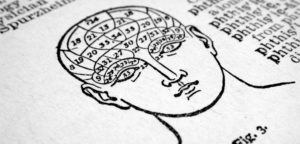
Multitasking Enhancements and Distractions to Learning
Most instructors breathe an inner sigh when they see a roomful of students on laptops in their classroom. Students say that they are taking notes, but we know that even those who are taking notes periodically switch to texting, emailing, or other distractions during class.








